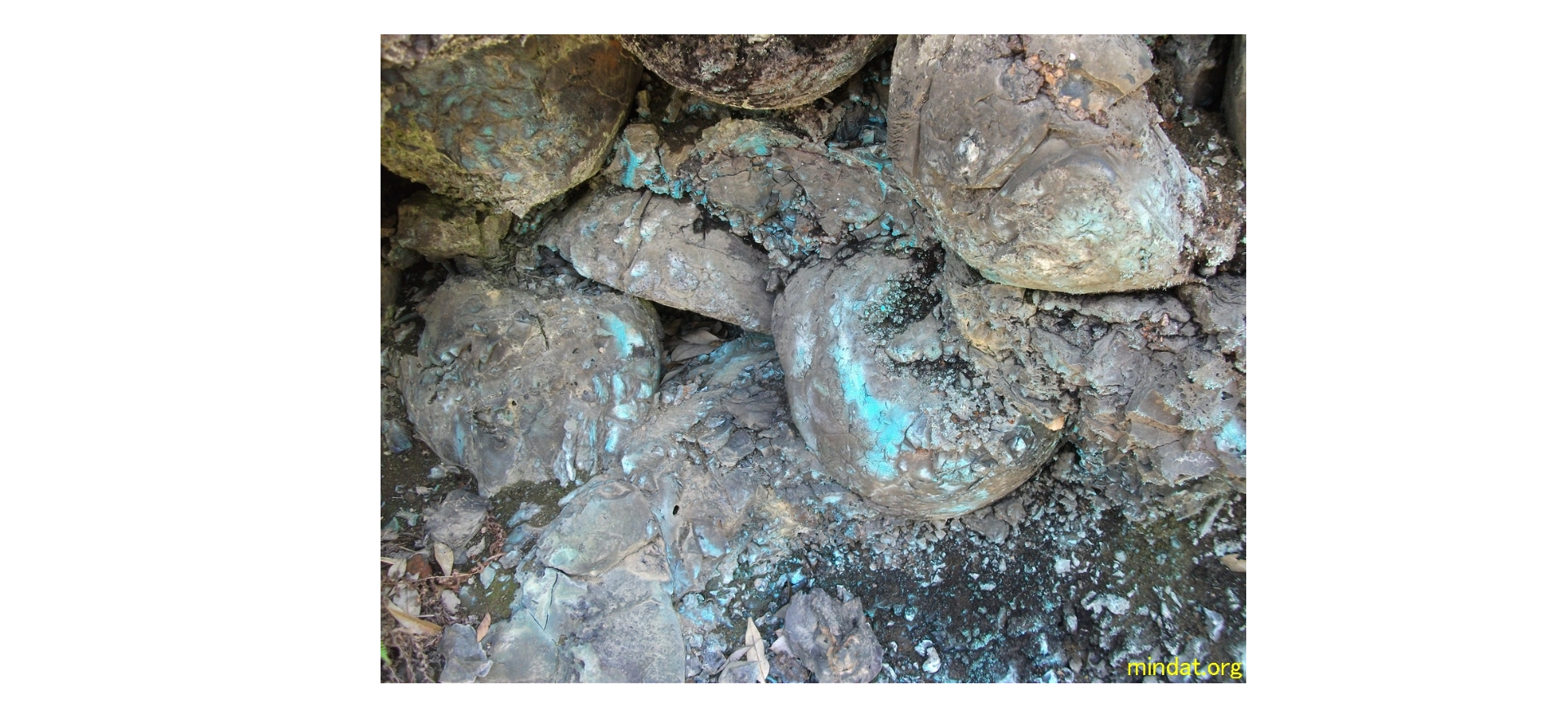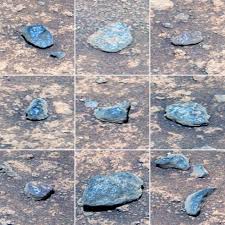To date, researchers have found plastic rocks both onshore and inland in 11 countries on 5 continents.

A type of plastic rock has been discovered around the world, formed mainly from plastic produced and discarded by humans. This object is a combination of stone and polymer plastic from human waste compressed together. This is a testament to the level of plastic pollution around the world. Plastic rocks can threaten ocean sustainability and human health, according to Newsweek .

The first example of plastic rock was recorded in Hawaii by geologist Patricia Corcoran nearly 10 years ago and named “plastiglomerate”. According to Deyi Hou, associate professor of environment at Tsinghua University, author of the study published in the December 2023 issue of Earth-Science Reviews, these are molten plastic, sand grains, rock debris, coral, Seashells and pieces of wood stick together after a fire at Kamilo Beach, Hawaii.
Hou and his colleagues explain that resin stones can be formed through a variety of methods. Burning is a fairly common mechanism, in which pieces of plastic are melted during a campfire or trash burning, then mixed with minerals when cooled. When ocean waves crash onto rocks in the intertidal zone, plastic waste from marine sources also sticks to the rock surface. Another way tar rocks form is through oil leaks that contain large amounts of resin. Hou said this type of material can adhere tightly to the rock, eventually undergoing partial evaporation and solidifying. The research team hypothesizes that radiation from sunlight leads to plastic oxidation, forming a chemical bond.

Scientists discovered plastic stones in Bangladesh, Brazil, China, Hawaii, India, Italy, Japan, Peru, Portugal, the Canary Islands of Spain and England. The proportion of polymer resin in this type of stone is very close to the proportion found in plastic waste.

Plastic-containing rocks will appear more and more commonly due to natural geological processes and last for a long time. Nylon bags, bottles, fishing gear, marine ropes… can undergo petrification, leading to an increase in plastic rocks. Plastic rocks can alter the bacterial population in the soil and surrounding environment, affecting the local ecosystem. More seriously, plastic rocks also release microplastics, which can spread across the globe as well as enter the bodies of humans and animals.





